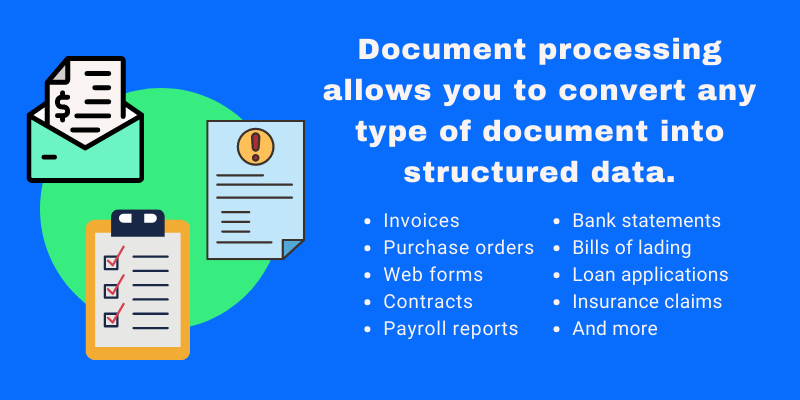Converting Scanned Documents to Markdown
Understanding the challenge of scanned documents
Converting scanned documents to Markdown presents a unique set of challenges in the document processing landscape. Unlike digital PDFs or text files, scanned documents are essentially images that contain text and other content elements. This fundamental difference requires a sophisticated approach to extract and structure the information in a way that preserves both content and meaning.
The role of optical character recognition
Optical Character Recognition (OCR) serves as the foundation for transforming scanned documents into editable text. Modern OCR technology has evolved significantly from its early days of simple character matching. Today's systems utilize deep learning algorithms to recognize not just individual characters, but entire words and phrases in context. These systems can handle various font styles, sizes, and even handwritten text with impressive accuracy. The OCR process begins with image preprocessing, which includes operations like deskewing, noise reduction, and contrast enhancement to optimize the image for text recognition.
Handling complex document elements
One of the most challenging aspects of converting scanned documents to Markdown involves dealing with complex document elements such as tables, charts, and multi-column layouts. Tables, in particular, require sophisticated analysis to understand their structure and convert them into Markdown's table syntax while preserving the relationships between data cells. Modern processing systems employ advanced layout analysis algorithms to detect and reconstruct these elements accurately. The system must understand not just the content of each cell, but also the logical structure of the table and its relationship to surrounding text.
Preserving document structure and hierarchy
The conversion process must maintain the document's logical structure and hierarchy. This includes correctly identifying headings of different levels, paragraphs, lists, and other formatting elements. Advanced algorithms analyze font sizes, spacing, and positioning to determine the hierarchical relationships between different text elements. This structural information is then translated into appropriate Markdown syntax, ensuring that the final document maintains the same logical flow and organization as the original.
Modern solutions, including any quality intelligent document processing tool, employ advanced technologies to bridge this gap between physical and digital documentation.
Beyond basic text recognition
Modern document conversion goes beyond simple text recognition to understand the context and meaning of different document elements. This includes identifying and preserving emphasis (such as bold or italic text), recognizing and converting footnotes, handling page numbers, and managing special characters. The system must also deal with elements like headers and footers, deciding whether to preserve them based on their relevance to the document's content.
Quality assurance and validation
The conversion process typically includes multiple stages of validation and quality assurance. This involves checking for common OCR errors, verifying the structural integrity of the converted document, and ensuring that all elements have been properly translated into Markdown syntax. Some systems employ natural language processing to detect contextual inconsistencies that might indicate conversion errors. This multi-layered approach to quality control helps ensure that the final Markdown document accurately represents the original scanned content.
Automation and integration considerations
In enterprise environments, the conversion process needs to be both scalable and reliable. This involves considerations such as batch processing capabilities, error handling, and integration with existing document management systems. The process should be able to handle various input formats and quality levels while maintaining consistent output quality. Organizations often need to process large volumes of historical documents, making automation capabilities particularly important.

Future developments and possibilities
The field of document conversion continues to evolve with advances in artificial intelligence and machine learning. These technologies are enabling more accurate recognition of complex layouts, better handling of degraded documents, and improved understanding of document context. As these technologies mature, we can expect to see even more sophisticated capabilities in areas such as handwriting recognition, complex table detection, and automatic correction of scanning artifacts. The future promises even more accurate and efficient conversion of scanned documents to Markdown, making historical document digitization more accessible and reliable.
The transformation from scanned documents to Markdown represents a crucial bridge between physical and digital documentation, enabling organizations to preserve and utilize their historical documents in modern digital workflows. With continued technological advancement, this process becomes increasingly sophisticated and reliable, opening new possibilities for document management and content accessibility.




